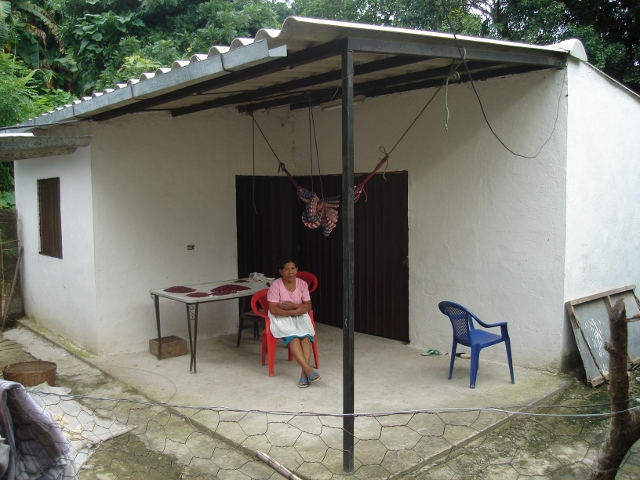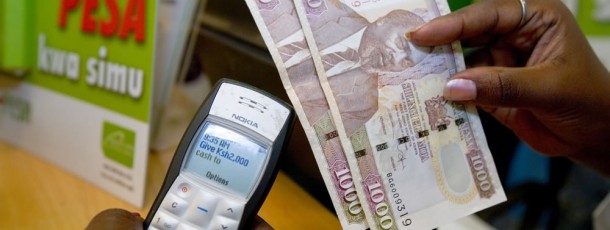Helena Carlica Nhunho pumps water at a pump funded by Trocaire
Irish NGO Innovation in Third World and Emerging Markets
Interview with Justin Kilcullen, Director of Trocaire – © Frank Hughes -originally published in pivotdublin blog 2011
Can you list some examples of good and really bad design for third world and emerging economies in key areas – from smallest scale water provision to work within cities and shanty towns?
At a small level one of the best pieces of design I have seen in recent years is the production of wood burning stoves in Malawi, which reduce the amount of firewood required by a remarkable level. All of the skills and materials required to make them are available locally and they are manufactured from local clay. The stoves are made using traditional pottery skills and tools and burnt in an easily constructed kiln. They are proving to be a best seller at very affordable prices. Women’s groups are making them and selling them so it is an income generator for women through projects supported by Trocaire.
Too many water projects have failed because they have excluded women from the process. Traditionally it’s a women’s role to collect water but when technology is applied, such as the installation of pumps or using springs to bring water to villages, it is the men who are trained in managing and maintaining these services under the misconception that men are technically more proficient than women. The result is that as men have no role in providing water, they drift away from the project neglecting the system and it falls into disrepair. Will we ever learn?!
In relation to slum areas and shanty towns the best solutions always come from the residents themselves. They can identify the problems and with skillful facilitation can derive solutions. Given the resources they are capable of implementation themselves. Imposed projects in such areas that don’t involve local communities rarely succeed as they should.
What Role did your design training as architect play in how you approach the work of Trocaire ?
One of the key skills you learn as an architect is how to solve problems through analysis of situations and understanding desired outcomes. This has stood me in good stead in my role as Director of Trocaire
How does Trocaire as an organisation approach problem solving on a daily basis?
Our approach is about consultation and participation as appropriate, whether it is working with poor communities in developing countries, seeking to help them to resolve the issues they face, or in our own organisation and structures. A recent example is the issue of reducing our carbon footprint with the launch of an eco project with a cross organisational team. Staff were invited to submit proposals on how we can deal with our carbon footprint and a policy was put in place reflecting the main ideas gleaned in the process. We work in 26 countries each with its own operational plan under our strategic framework.
These are put together in consultation with our project partners, the local organisations with which we carry out our work, and with our staff and others. It is largely a bottom up process involving the people we serve combined with the particular organisational insights that we as an organisation can bring drawing on our own global insights. We try to operate a policy of subsidiarity, resolving issues at the lowest possible level within the organisation, delegating to working groups and teams the responsibility to find solutions and solve problems.
Which characteristics does Trocaire value most in its Staff as creative problem solvers and why?
We endeavour to promote a culture of innovation. For example with the current financial crisis new ways of raising funds have to be promoted. Last year as a result of the work of a number of staff the idea for Trad for Trocaire emerged. A partnership with Comhaltas saw almost 500 trad sessions taking place across the country and as far away as San Francisco to raise funds for Trocaire. It gave the organisation a new, fresh, youth-friendly image and we hope to build on its success in the coming years.
Earthquake resistant Housing San Cayetano El Salvador –
How has Ireland and Irish design assisted development in third world / emerging economies?
There is a long tradition in Ireland of providing buildings, roads, bridges and other technical projects that make life so much easier for poor communities, for example, roads and bridges that enable farmers to get goods to market and earn an income. Irish development workers over the years have provided clever, cost-effective ways of providing such basic structures.
At the other end of the scale, the role Denis O’Brien’s company, Digicel, played in the aftermath of the Haiti earthquake in providing mobile phone technology, that within days was available to those coordinating the emergency response, made an extraordinary difference to the recovery effort in very difficult circumstances. Communications technology has the potential to transform developing countries, skipping not one but two generations and putting them at the leading edge.
How the design community here might learn from and contribute usefully to the work of Trocaire?
The major challenge for designers training in the Western world in applying these skills in a developing world context is to really learn and understand the reality of communities in the developing world and that the majority of the problems they face can be solved in relatively simple, straightforward ways. For example, an Irish architect is trained to produce a solution in design and built form for a client, such as the National Children’s Hospital. In the developing world the designer has to unlearn this approach of being the trained professional who provides the answer, and rather make his/her skills available to local communities to enable them to design the solution. That requires an element of humility but if successfully achieved can lead to a very rewarding experience for the designer.
What are the most innovative initiatives you have come across in the different countries using minimum resources to achieve maximum effect?
A good example of this is the design and construction of earthquake resistant houses by Trocaire in El Salvador. Working with local communities, employing traditional construction techniques,
Lorenso Meja outside her earthquake resistant home in Santa Marta El Salvador
Trocaire was able to introduce technical innovation to the designs that transformed vulnerable housing into safe homes for communities. Rather than importing a clever design derived in a drawing studio, this was done on a very affordable budget which was of course critical.
INNOVATION IN THIRD WORLD AND EMERGING MARKETS





 I’m the founder of Púca. Before that I was involved in web development: I set up the Irish web design company Webfactory in 1994, which I think was the first dedicated web development company in Ireland. Before that I worked in the music industry, at EMI records in London. I’m driven by trying to do things that are original and a bit ahead of the curve. I like to be working with something that’s on the cutting edge but it can also be a good business strategy to be positioned early on in a sector that is going to grow. I think its also important if you’re operating out of a small country and a small market like Ireland that you look outwards and create something that can be sold internationally. I think what probably inspired me originally was seeing how people like U2 and their management organization have been able to build a successful international business based out of Ireland built upon innovation and creative talent. There have been many other similar accomplishments in areas like film, dance and theatre so I think those of us working in other industries in Ireland, be it the technology sector or whatever, should be inspired by those people working successfully in the arts and try and emulate them in our own fields.
I’m the founder of Púca. Before that I was involved in web development: I set up the Irish web design company Webfactory in 1994, which I think was the first dedicated web development company in Ireland. Before that I worked in the music industry, at EMI records in London. I’m driven by trying to do things that are original and a bit ahead of the curve. I like to be working with something that’s on the cutting edge but it can also be a good business strategy to be positioned early on in a sector that is going to grow. I think its also important if you’re operating out of a small country and a small market like Ireland that you look outwards and create something that can be sold internationally. I think what probably inspired me originally was seeing how people like U2 and their management organization have been able to build a successful international business based out of Ireland built upon innovation and creative talent. There have been many other similar accomplishments in areas like film, dance and theatre so I think those of us working in other industries in Ireland, be it the technology sector or whatever, should be inspired by those people working successfully in the arts and try and emulate them in our own fields.
